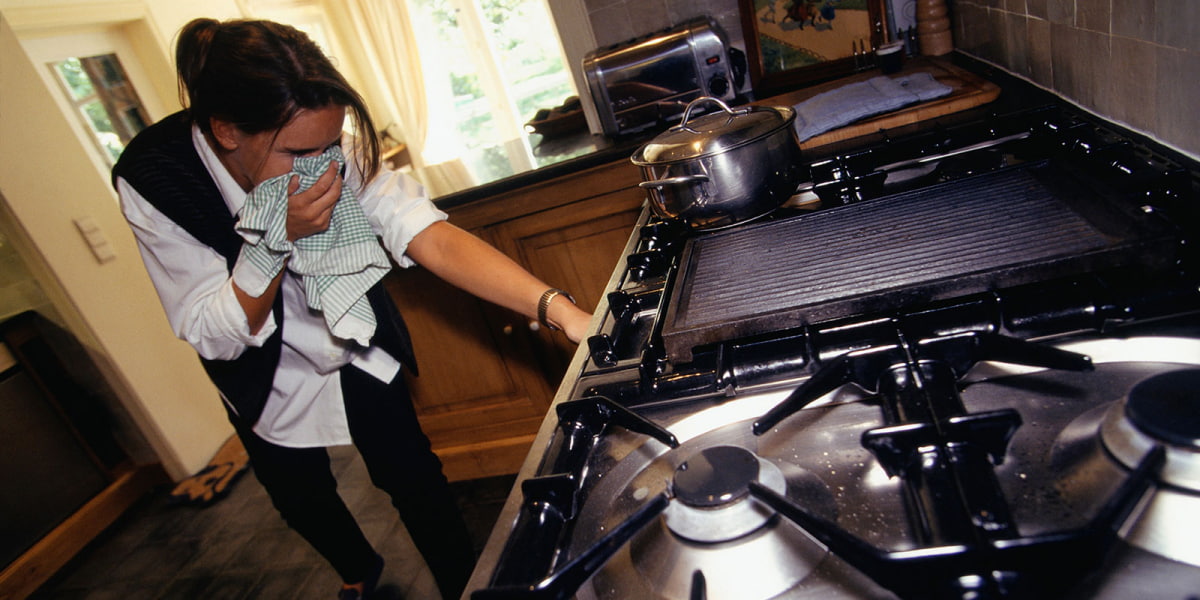Published on November 14th, 2022
Last updated on February 3rd, 2023
House And Wall Cracks: What Should You Know About Them?
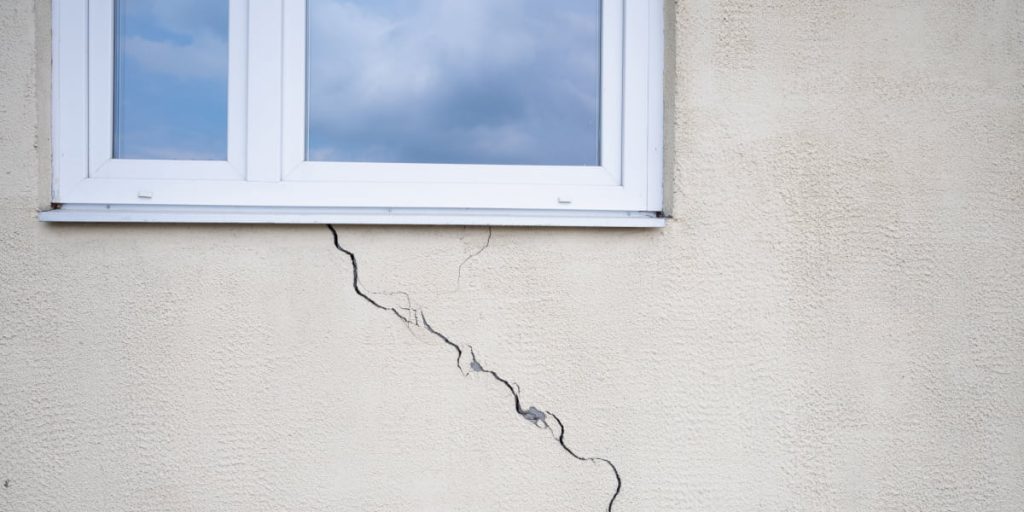
Wall cracks become a severe problem when increasing over one inch in width. You should apply immediate actions to stop house damages upon proper examination processes and prolonged structure deterioration.
Many house owners notice slight and progressive cracks on the outside and inside surfaces. Such modifications could deteriorate walls and zones around windows or doors. Both options do not mean irreversible, hazardous changes to your lovely place. Often, these house cracks become consequences of normal processes:
- constant soil movements caused by earthquakes and various geological factors;
- redesigned house or neighboring construction;
- wear and tear progress for old buildings;
- low-quality materials or negligent architectural approach at the house planning, assembly, and commissioning milestones.
This brief guideline explains all aspects of cracking walls, their types, and an action plan to implement against continuous house destruction. Indeed, your house proper maintenance could enhance the resistance properties and prolong its lifespan.
What Means Wall Cracks to Your House?
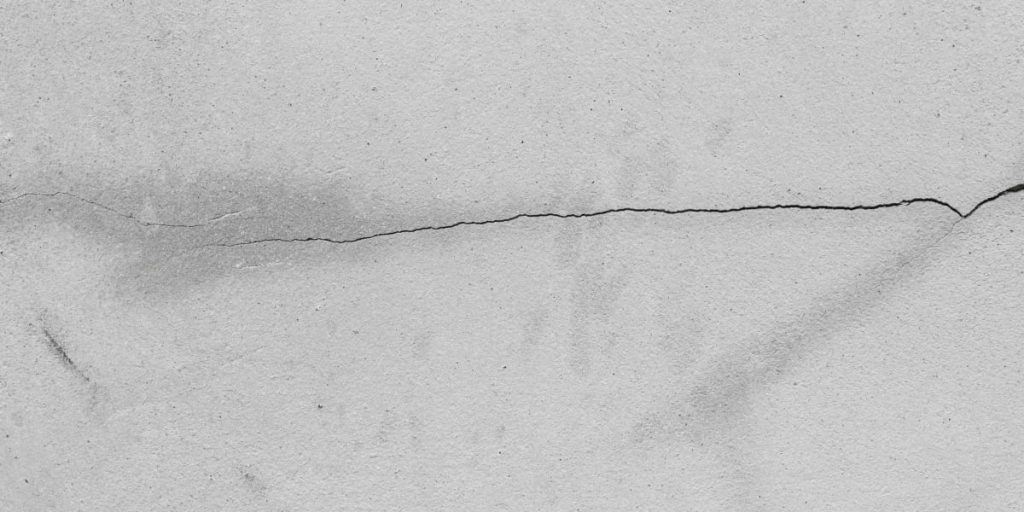
In most cases, your house structure’s irreversible modifications mean something other than fast-moving. The building-destroying process becomes visualized if increasing vertical cracks appear in walls or foundations. Often, the renovation project refers to the capital repair of the damaged parts and preventive maintenance of the cracks-provoking elements.
The neglective attitude toward the cracking walls leads to life and health-threatening consequences for the house inhabitants:
- Foundation cracks gradually decline wall strengths and reduce their capacity to hold the enormous weight of the upper floors and house items;
- Wall cracks absorb outdoor humidity to construction elements, minimize house energy efficiency capacities, and increase its destroying risks;
- Wall under-roof breaks increase mold-affected interior walls and ceilings. Such cases also lead to health problems among inhabitants and their pets.
Types of House Cracks
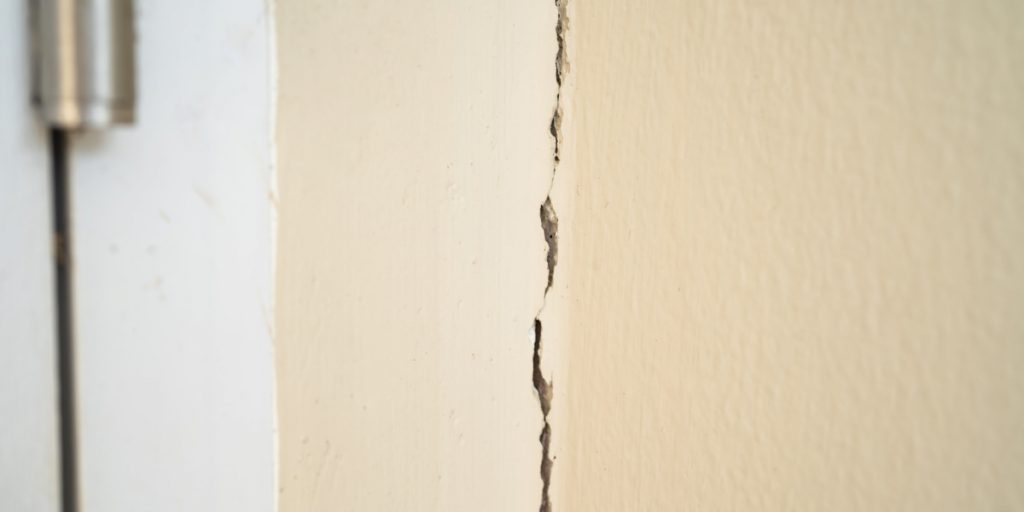
If you notice damages in the form of horizontal or vertical cracks in walls, you should not be in panic or take radical solutions. In practice, these building changes require several improvements to recover the damaged areas and return primary structure features. The repairing plan would be effective if you discover several crucial preconditions:
- Types of surface cracks;
- Nature of house damages;
- Methods to recover the wall breaks.
The standard wall monitoring processes allow for identifying a list of the building abnormalities which affect your walls, foundations, or other surfaces. Professional engineers and construction inspectors detect the following breaks and cracks available in houses.
Microcracks
Small lines on decorated walls or cemented surfaces do not make you worried about your house’s safety or provoke emergency actions. Weather conditions, cheap plaster materials, and cold bridges around window structures cause such an unaesthetic house state.
Horizontal Wall Cracks
The detected straight lines signalize isolation problems which gradually deteriorate the building’s microclimate. More precisely, experienced house renovation agencies could stop the foundation from collapse movements in its central part. In addition, you can perform some remedy measures by yourself and save your house from allergy-evoking mold or surface-destroying moths.
Vertical Wall Cracks
Your house could be in danger if you notice vertical cracks in walls with day-after-day growing tendencies. Such signals refer to significant abnormalities of your house pillars or define the floor platform as highly exceeding the applicable foundation parameters. Both variants encourage you to pay particular attention to vertical cracks in walls and take immediate measures.
Diagonal Wall Cracks
In most cases, the first floor or basement damages are visualized in diagonal wall cracking. Also, these breaks occur over the windows or under the roof. Their nature means available pore spaces destroy your house and lead to fatal consequences without appropriate interventions.
What Causes Wall Cracks?
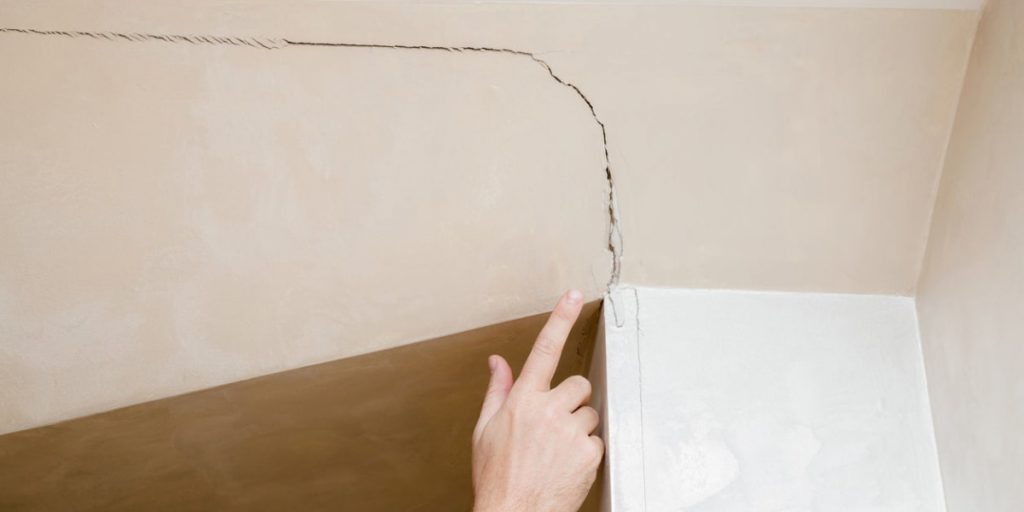
Professional inspection of the damaged surfaces provides a comprehensive picture of cracking walls. However, you could determine your wall deterioration degree if you are acquainted with internal and external reasons for house cracks.
The received knowledge allows for building the house destruction preventive plan. Its measures should focus on the complexity of damages and available time to avoid decreased resistance of the facilities. If the construction experts provide pessimistic forecasts from the house renovation perspective, any manipulation to stop wall cracks is unreasonable. For instance, the consequences of a ruining tornado or earthquake could make your living impossible in the damaged premises.
External Factors
These triggers are out of your control and often connected with force majeure circumstances resulting in the house structure damage. According to skilful house repairing, consultants distinguish the key reasons affecting your house’s structural features:
- Acts of God like earthquakes, floods, tornados, and other natural disasters could ruin facilities or provide severe damage to their foundations and exterior walls;
- Soil deterioration processes provoked by man-made impact and industrial pollutants. For instance, an increase in ground waters or leakages of hazardous substances negatively affect wall structure and create cracks in core architectural elements;
- Global warming, including changes in geographical, geodesic, or geological parameters, leads to soil floating and slight movements of the building foundations.
Internal Factors
Apart from uncontrolled triggers, you may face some triggers referring to negligence or an unprofessional approach to house design and construction activities. Consequently, you should adequately select the construction team and needed materials to avoid undesirable situations. The main internal factors related to house cracks include:
- Architectural planning and implementation errors. The incorrect calculations of the foundation capacities mean its weaknesses in the case of over-weighted walls and roofs, which generate risky situations for the house inhabitants. Therefore, fundamental knowledge about construction principles helps you to detect fakes offered by builders or real estate agents;
- Poor-quality construction materials. Cheap building supplies represent unreasonable decisions, leading to numerous investments into house rehabilitation or permanent capital repairs;
- Improper cleaning sessions. Foundation watering and a well-balanced humidity level inside the house erase its wear and tear and reduce the risks of wall cracks.
What to Do to Stop Cracking Walls?
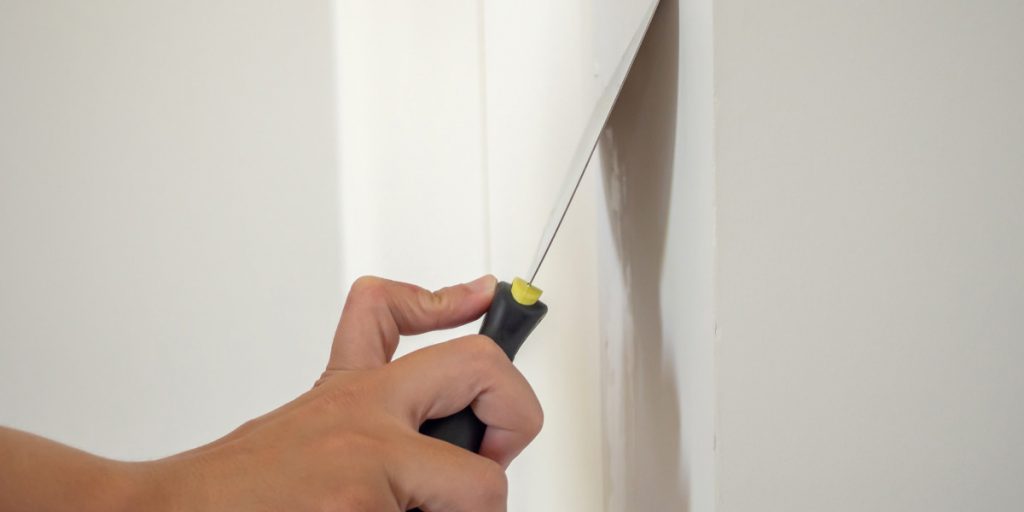
The anti-cracking strategy for brick houses should consider the types of cracks, their width, and length. Most of the recovery actions are under implementation by their house owners, but complicated cases are subject to professional supervision. In particular, vertical cracks in walls require a subsequence of building renovation methods to implement in a complex for positive outcomes:
- Clean the deteriorated surface;
- Observe the damages in detail. You might find wet areas or mold-affected zones. Also, you may assess crack state – extremely or slightly progressive;
- Strengthen the foundation with other pillars or water-proofing techniques. Ground or rainwater could destroy basements or foundations highly situated over the soil level;
- Fix walls with metal meshes, reinforcement, and steel fittings and cover the improvements with multi-layered cement plaster. The certified specialists should perform any modifications to avoid recession situations in the future;
- Build additional interior pillars or walls to decrease the foundation pressure. Lowering the roof weight would also be a beneficial decision;
- Take care of rainwater collecting facilities around your foundation. Hydraulic optimization is essential to reduce overwatering risks.
Summary
House maintenance is a commitment you should fulfill for safe living conditions. Annual personal inspections of the interior and exterior walls, foundations, and roofs should become a wonderful tradition to prevent cracks, holes, damages, and other deterioration. Follow only reliable recommendations proved by the construction experts to prolong the lifespan of your sweet home.


